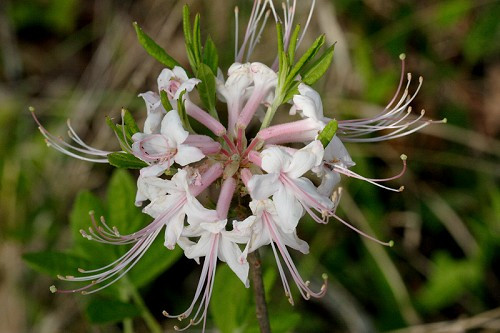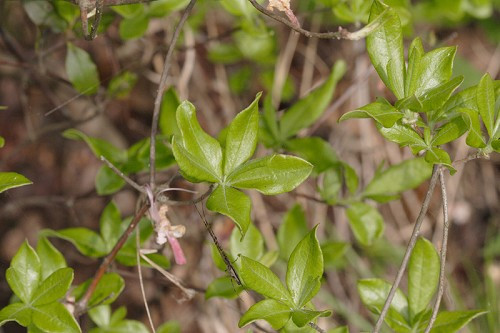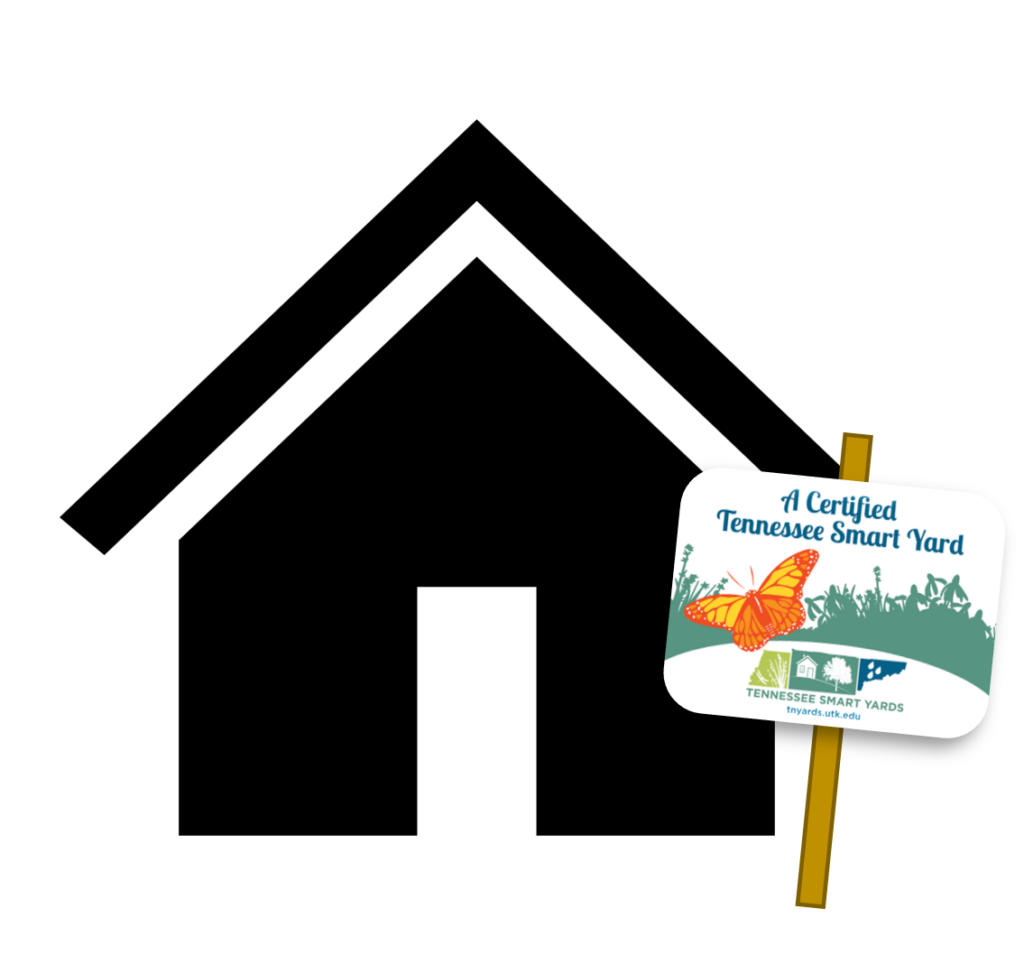
Common Name: Piedmont Azalea
Sun-dappled shade or high, open shade; medium moisture level; prefers organically rich soil but grows on sandy, sandy loam and medium loams; demands moderately acid pH.
6-8 feet height by 3-6 feet spread; blooms March and April, white to rosy pink flowers; fruits are one-half inch long, woody capsules.
Growth Rate: Slow; colonizes slowly by root suckers
Maintenance: Susceptible to many insect and disease problems but maintenance of a healthy environment will help reduce these problems. Use a yearly addition of organic mulch to retain moisture and reduce temperature fluctuations. Avoid application of fertilizers which tend to create fertilizer burns. Rhododendrons are sensitive to high levels of fertilizer salts.
Propagation: Seed germination code A. Moderately easy from seed and difficult by cuttings. Seeds need to be mixed loosely into a sphagnum moss and sprinkled lightly over a 2:1 perlite/peat mixture and germinated under a mist or in a plastic tent at 45-50 degrees F.
Native Region: Statewide
This deciduous azalea is the most naturally abundant azalea in the Southeast. Showy shrub with lightly fragrant flowers that bloom before leaves are mature. Tends to form large colonies so give it plenty of room. Occurs naturally in acid bogs. All parts are poisonous to humans. Low wildlife value; attracts bees.

